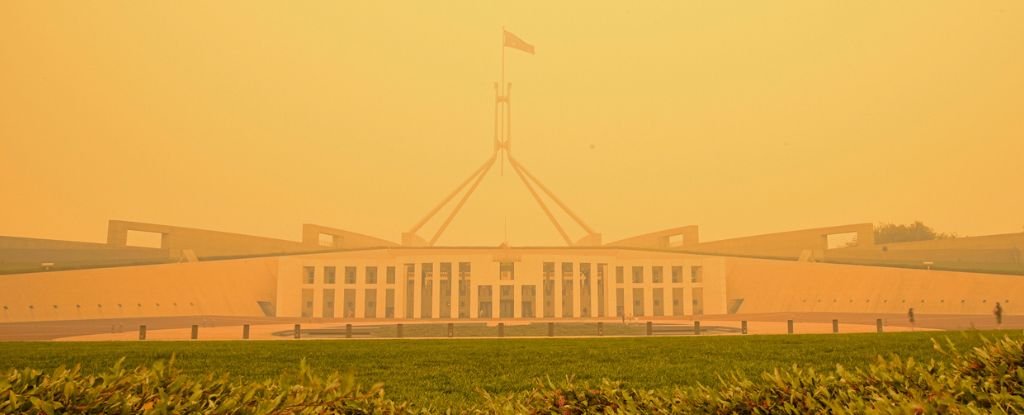Products You May Like
Every five years, the Australian government releases a comprehensive report on the state of the nation’s environment, put together by a panel of independent scientists. The latest report, released this week, was long overdue and was always expected to be a doozy.
In the past five years, severe coral bleaching events have whitened a third of the Great Barrier Reef, torrential floods have devastated the tropical north, and catastrophic bushfires have collectively burned more than 46 million acres of land (72,000 square miles).
With such potentially devastating assessments on the cards, critics accused the government of sitting on the report to avoid bad press at a critical moment prior to elections.
Only now, with a change in government – an outcome hailed in the media as a historic ‘climate election’ – are the findings of the report going public, and it’s just as bad as many folks feared.
The overall conclusion of the report is that climate change, habitat loss, invasive species, pollution, and resource extraction have pushed Australia’s environment into a serious and severely deteriorating state.
Urgent action can still turn things around, but according to the report’s key findings, “Australia currently lacks a framework that delivers holistic environmental management”.
While the scale of the challenge continues to grow, collaborative action remains meager.
“While it’s a confronting read, Australians deserve the truth,” Environment Minister Tanya Plibersek said.
“We deserve to know that threatened communities have grown by 20 percent in the last five years with places literally burned into endangerment by catastrophic fires.”
Overall, Australia’s coastal shores and waters are said to be in “poor condition“, and the land is even worse off. Of the 18 ecosystems deemed at ‘risk of collapse’, 10 are terrestrial.
Today, a third of Australia’s original eucalypt woodlands have been cleared, as have nearly half of the nation’s casuarina forests and woodlands.
So much vegetation has been lost, invasive species of flora now outnumber native species.
As a result, Australian fauna is also suffering. Between 2000 and 2017, over 7.7 million hectares of potential habitat for threatened species was cleared, most of which without scrutiny under the Environment Protection and Biodiversity Conservation Act.
In fact, Australia has one of the highest rates of species decline in the world and has already lost more mammal species than any other continent.
In the next two decades, experts predict the northern hopping-mouse, the rock-rat, the Christmas Island flying fox, and the black-footed tree-rat could all go extinct.
And there are probably other species at risk that we aren’t counting. Some experts think about 70 percent of Australian plant and animal species have yet to be discovered or described by scientists.
That’s why Indigenous knowledge is so invaluable. People living in Australia for tens of thousands of years have a deep understanding about what healthy, native ecosystems look like and how best to manage them.
For the first time, the 2021 State of Environment Report devotes an entire chapter to the role of First Nations people in conservation, giving Australia’s Indigenous people a voice in the nation’s environmental heritage.
Brendan Wintle, an ecosystem and forest scientist at the University of Melbourne, who was not involved in the recent environmental report, told The New York Times that the findings were “very much a precursor to an extinction crisis in Australia, unless we see transformative change”.
Thankfully, much of the Australian public is calling for just that. In May of 2022, even without seeing the 2021 report, voters came out in historic numbers to elect politicians with stronger climate agendas.
Clearly, in a nation battered by climate disaster after climate disaster, squirreling away an environmental report cannot conceal the dire reality – and now we have all the specifics, laid bare in heartbreaking detail.
Australia’s 2021 State of the Environment report is available here.
